 |
| Have action cameras reached peak performance? |
I remember GoPro in the early days. Back then the cameras could only offer sub-SD recording, had no Wi-Fi and more importantly no way to see the picture as they lacked a screen. They were a hard sell, but filled a gap for small disposable digital video cameras.
The launch of the Hero 8 Black brings some improvements over the previous generation, but is it enough? If you already have an action camera does the quality and feature set of the Hero 8 Black make you want to upgrade? And, if you don’t already have a camera like this, has GoPro launched a camera that will convince you to buy into this product category?
Key specifications
- 12MP sensor
- 4K/60p, 2.7K/120p and 1080/240p video (up to 100 Mbps bit rate)
- H.264 and H.265 codecs
- HyperSmooth 2.0 video stabilization
- LiveBurst captures 1.5 seconds of photos or video before shot
- Integrated mounting ‘fingers’ attach directly to GoPro mounts
- Optional ‘Mods’ add features like 3.5mm mic jack, HDMI-out, selfie screen and LED light
- Waterproof
- Wi-Fi + Bluetooth connectivity
The list of features on the Hero 8 Black is extensive, but improvements in image quality year-over-year are hard to come by. After all, 4K/60p with limited noise on a sensor that is incredibly small is difficult to achieve, especially in low light. To paraphrase a well known line from Scotty, ‘you can’t change the laws of physics’. Pixel pitch, size and resolution play directly against each other in the triangle of visual fidelity. Without increasing the pixel size, or finding a way of gathering more photons per pixel, improving signal-to-noise ratio is difficult.
Image quality isn’t everything
Where do you see improvement when moving from the Hero 7 Black to the Hero 8? One feature that’s attracting attention is HyperSmooth 2.0, GoPro’s image stabilization technology, which claims to rival gimbal levels of image stabilization without the need for balancing, mounting or powering an external handle. But can it actually deliver, and is it a big enough improvement over the previous generation to convince people to part with their money and upgrade?
Before I started using this camera I was incredibly skeptical, but having tested this feature over the past few weeks it does deliver a very good result, even managing to smooth out some of the bumps associated with footfalls, which is very difficult to achieve on standard gimbals.
I did notice one slightly odd characteristic when shooting below 4K, however. When mounted in certain situations, for example in or on a vehicle, it will actually pan the image to counter movement. If you’re driving and turning left the embedded software will pan the image to the right, then slowly return to the center once you’ve completed the turn. As a result, the image has an overall floating feel to it instead of providing a rock solid picture.
That said, overall the results are surprisingly effective, even when using the boost mode, although that’s not available at 4K/60p. Be aware that HyperSmooth crops the image about 10% (and somewhat more in the most stabilized boost mode).
With that proviso, though, it rivals and now beats a lot of traditional optical image stabilization done in-lens or in-camera, even compared to models that use sensor shift.
 |
| Integrated ‘fingers’ eliminate the need for frames or cases to mount the camera on standard GoPro accessories. |
Two steps forward and one step back?
Along with some useful additions, this new camera also changes some features – and not for the better. For example, it’s no longer possible for the user to change the front element of the lens if it becomes cracked or chipped. GoPro’s stance is ‘GoPro does not offer a repair service on our cameras as, due to their size and design, the cost of parts and labor for performing such a specific repair would be more expensive than replacing the camera outright if it’s covered by warranty.’
Instead, it offers the GoPro Plus service, which will replace your camera if something goes wrong (at a maximum of 2 cameras per year). However, this service comes at a cost: $ 4.99 per month or $ 50.04 per year, and includes unlimited cloud storage and 50% off mounts and some accessories. Yes, another service to subscribe to, although for serious users this may pay dividends.
 |
| The USB-C port interfaces with GoPro’s range of accessories |
Why only incremental improvements?
Technology usually progresses at an evolutionary pace rather than a revolutionary one. The introduction of a brand new product can have the ‘wow’ factor, but usually subsequent versions don’t have the same effect.
A limiting factor here is processing power and its relationship to battery life and available power. Small cameras have small batteries and in turn these can only provide limited power to the processor. As a result, you can’t have all the best features enabled at the same time.
 |
| Think you might be able to use your older Hero 7 batteries? Think again. Hero 7 batteries can’t deliver as much peak power as Hero 8 batteries and are not compatible with the new camera. |
There’s always a trade off with temperature as well. If you did have all the available features turned on the camera would most likely shut down before the battery was exhausted due to overheating, which could cause damage to the camera or battery. There’s a reason that the older Hero 7 batteries—even though they are physically the same—won’t work on the Hero 8 due to power delivery limitations. The newer Hero 8 batteries can deliver more peak power. What more can be added?
If image quality isn’t making great leaps, and with features like Hypersmooth 2.0, live streaming, 4K capture and slow motion already included, have we hit a wall? What more can possibly be added to future action cameras? Part of the answer for GoPro seems to be add-on hardware, like a vlogging flip-up LCD (Display Mod), or an add-on frame which gives you HDMI out, a 3.5mm in and an extra microphone (Media Mod). These go some way to disguise the limitations of the bare camera and add the possibility of appealing to the ever expanding vlogging market.
What’s the competition?
The competition in the premium action camera space is actually fairly limited. There’s the Sony FDR-X3000, the DJI Osmo Action and the recently introduced Insta360 One R, and really that’s about it at the moment. The recently released Insta360 camera employs an interesting modular setup, but can it compete? After all, GoPro has been doing this for nearly 20 years.
There are lots of cameras available at the mid and lower end of the market, but this isn’t an area that GoPro competes in and it really is a case of getting what you pay for. GoPro’s installed user base and reputation are formidable to any new manufacturer coming to market, and it has proven difficult for established name brands to launch and maintain an action camera market segment, as Nikon found out.
 |
| The GoPro Hero 8 Black. A hero among action cameras? |
What does it all mean?
Much as we’d like to see revolutions in technology, this isn’t the norm. Incremental improvements mean that year-over-year upgrades are less necessary for a lot of users. The niche factor of the high end action camera market also means that not many manufacturers operate in this space, which in turn limits competition.
The next major developments will probably center around a change in battery technology and an increase in power density that allows for more powerful processing. The gradual shrinking of the process node in the CPU will also bring key improvements and the ability to do more while maintaining lower temperatures or extending battery life.
An action camera is a great addition to a filmmaker’s tool kit, and if you need a new one the Hero 8 Black is a solid choice. However, while there’s a certain FOMO—a fear of missing out—and even peer pressure to have the latest and greatest, it probably doesn’t make financial sense to upgrade every year for only minor improvements.
That looks like it’s not going to change any time soon.
What we like
- HyperSmooth 2.0 stabilization is impressive
- Excellent 4K/60p video
- GoPro accessory mount integrated into body
What we don’t
- HyperSmooth results in strange panning effect in certain situations
- Subscription service for repairs
- Incompatible with Hero 7 batteries
Articles: Digital Photography Review (dpreview.com)








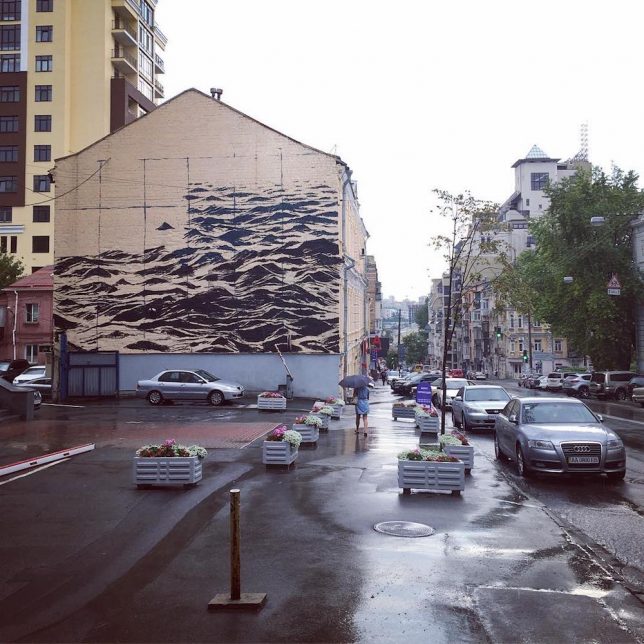





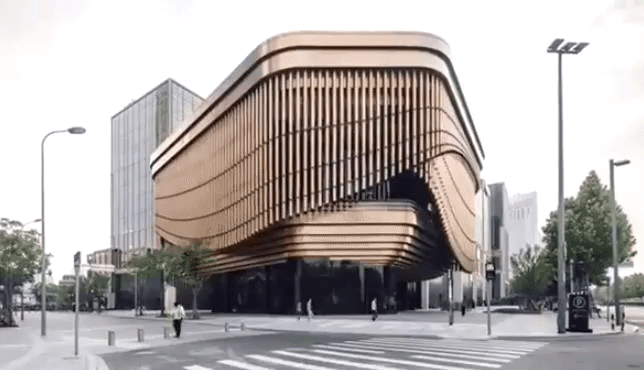
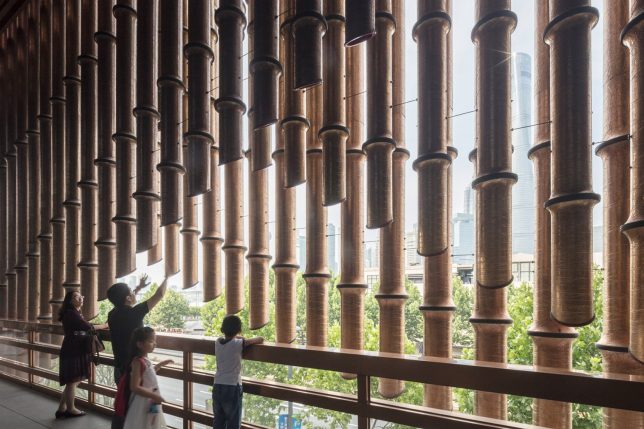
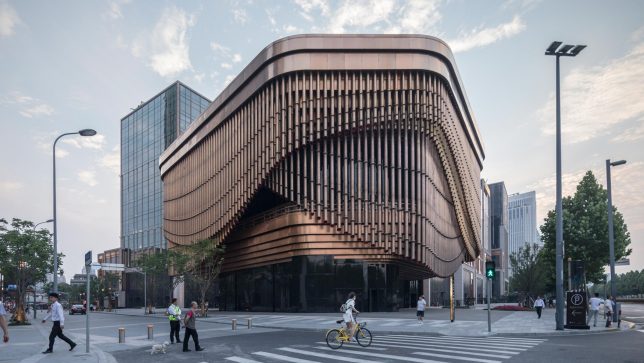
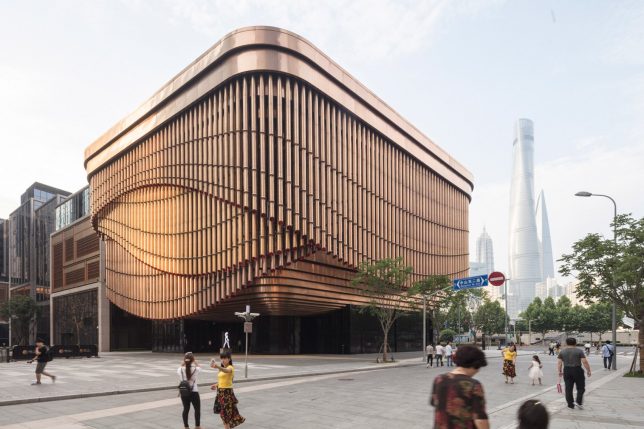
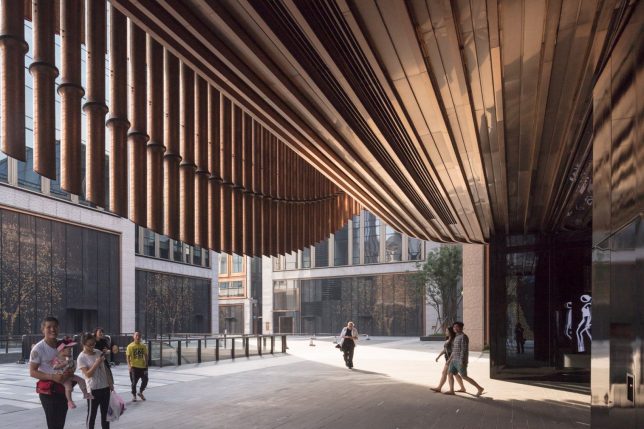
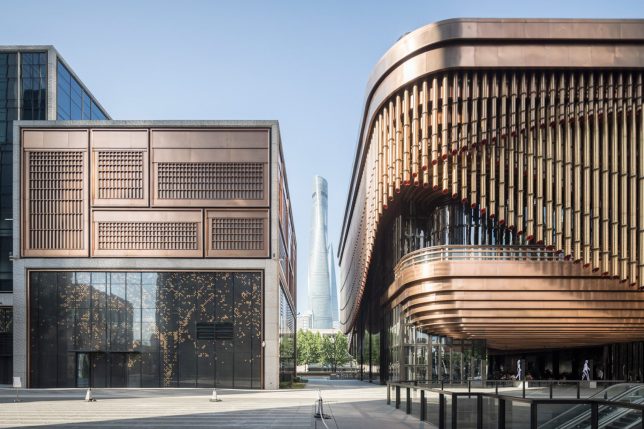



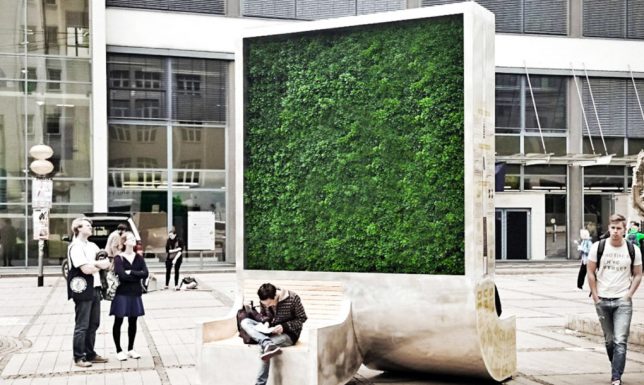


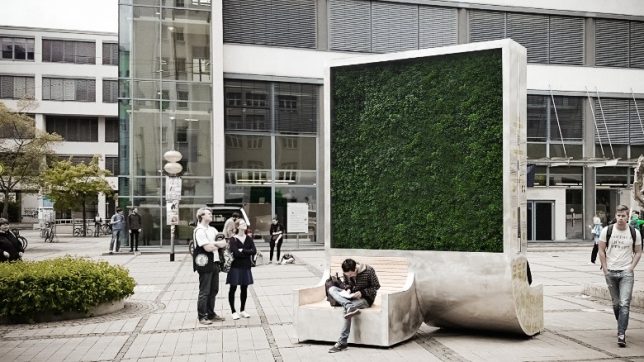







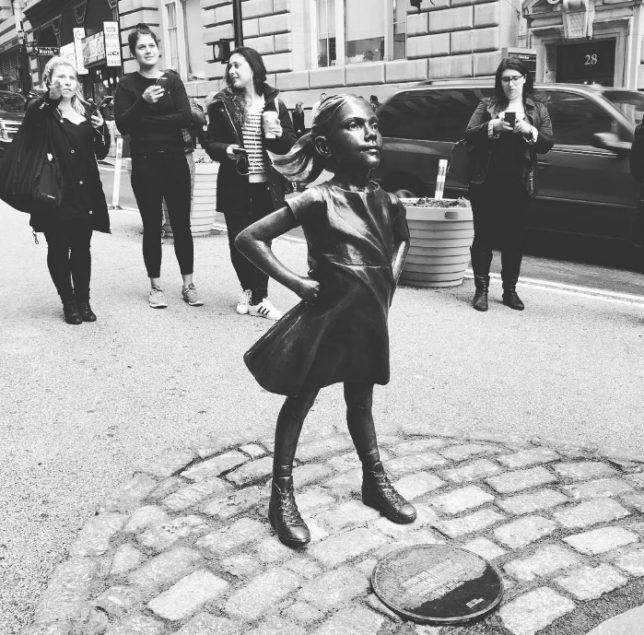
You must be logged in to post a comment.